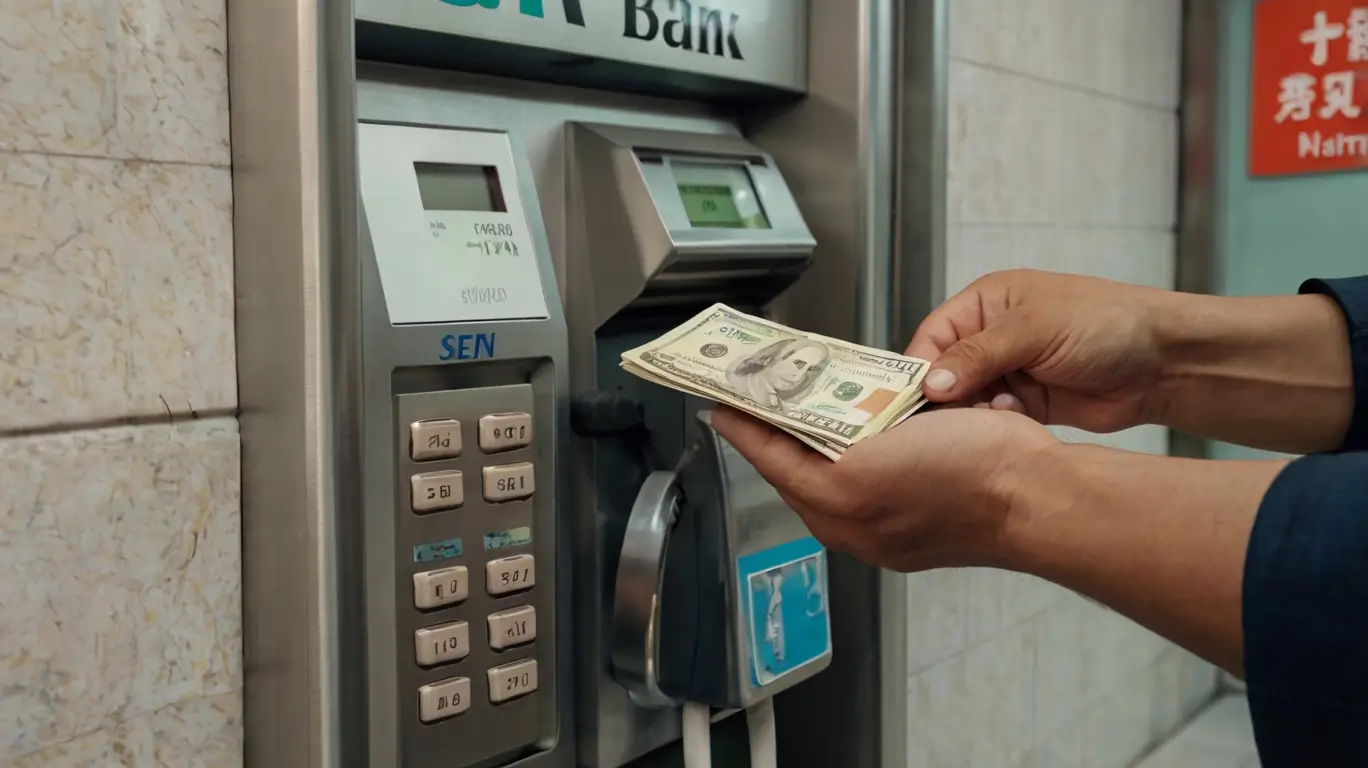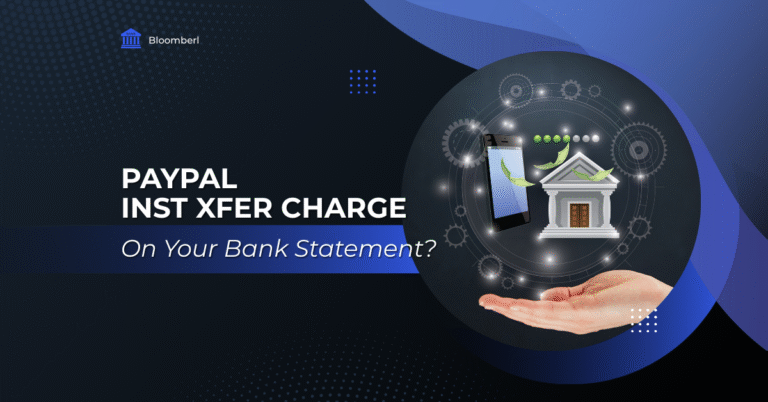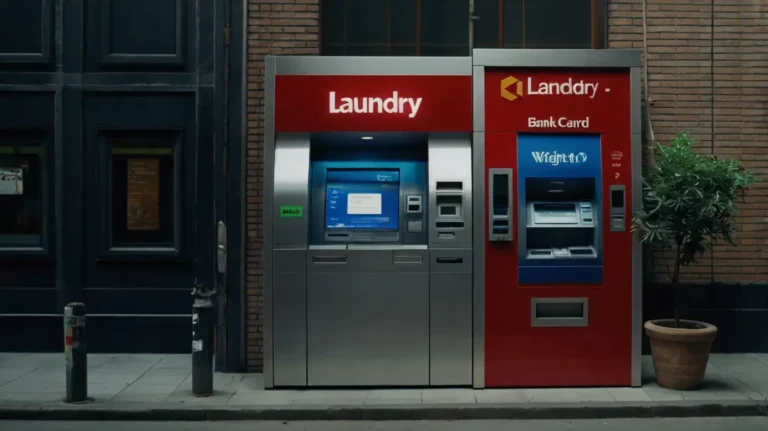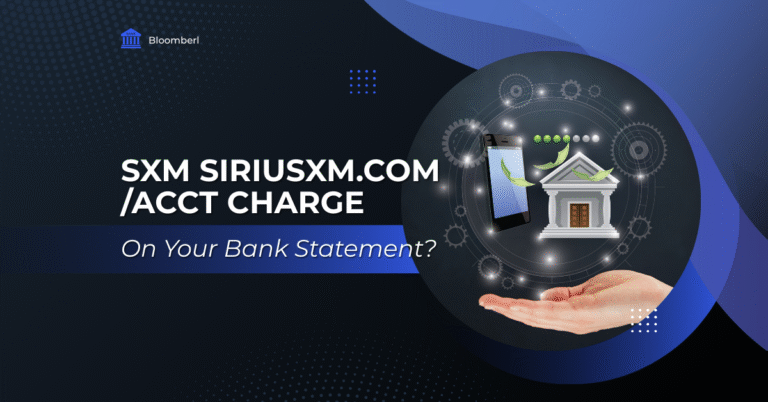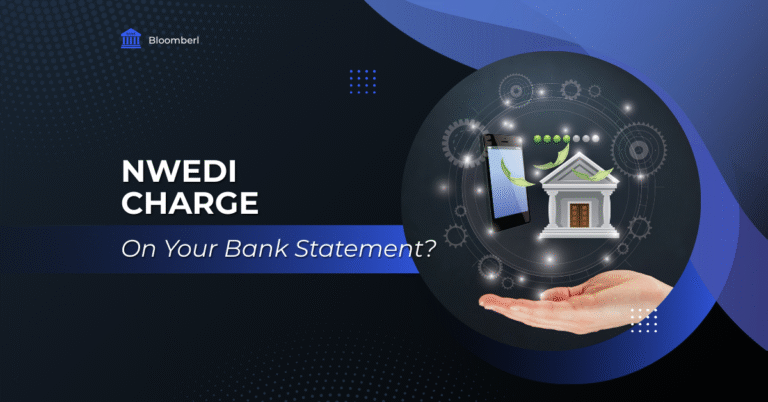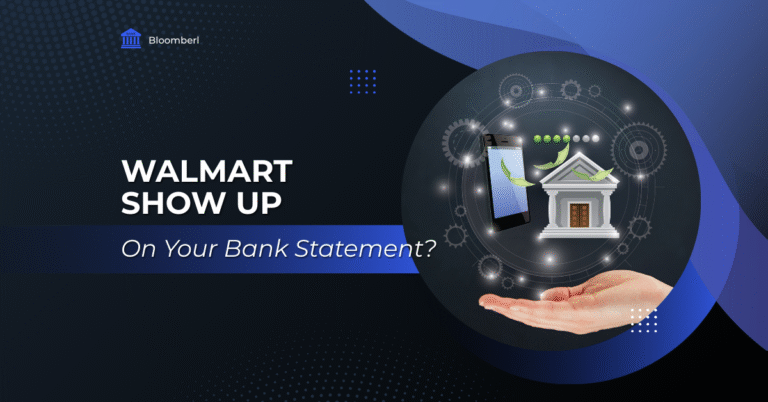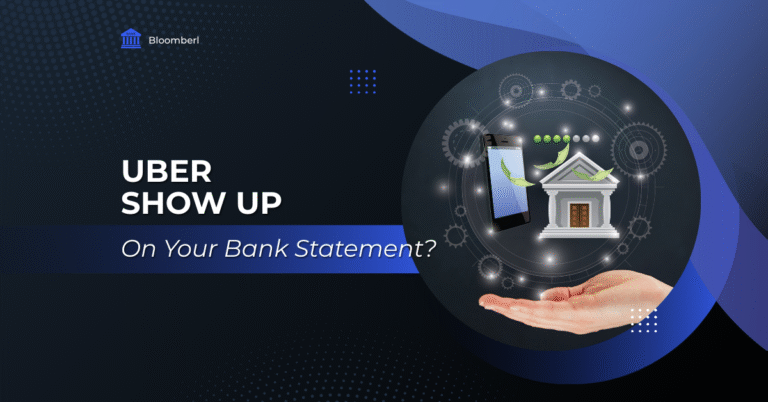What Is the SEI Charge on Your Bank Statement?
As a consumer, you may have noticed a fee on your bank statement called “SEI”. You are not alone in wondering what this charge is. In this context, these refers to Seven Eleven Inc, a well-known convenience store company in the United States and throughout the world.
These charges can take customers off stride, especially if they don’t buy at Seven Eleven often or don’t recall making a purchase there. Here’s all you should know about these charges on your bank or credit card statement.
What Is SEI on a Bank Statement?
SEI on a bank statement refers to a transaction at Seven Eleven Inc. Seven Eleven Inc., also known as 7-Eleven, is a prominent convenience store company that provides services such as bill payments and money transfers. these charges on bank statements indicate a transaction completed at one of their stores.
SEI costs are often reflected on bank statements as a debit transaction. The charge will normally include the merchant’s name, Seven Eleven Inc, as well as the store location, date, and amount of the transaction.
Charges are clearly identifiable on bank statements because to the distinctive emblem of Seven Eleven Inc.
On electronic bank statements, these charge may display as a line item in the list of transactions, along with a description of the purchase and the related debit amount.
Make sure you know how to handle unknown bank charges like NWEDI
appearing on your statement.
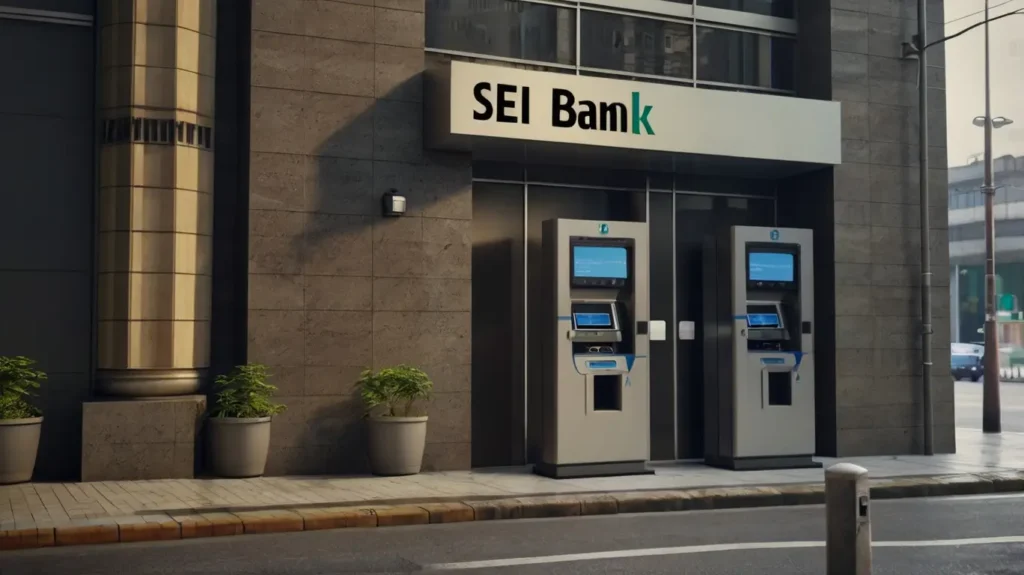
Why SEI Charges Appear on Bank Statements
SEI charges often appear on bank statements when individuals or entities use SEI’s financial services, such as investment management, custodial accounts, or advisory services.
SEI Investments Company (often shortened to SEI) is a large financial services firm that provides investment processing, fund management, and technology solutions to financial institutions, investment advisors, and individual investors.
Charges from these are usually tied to these services and reflect various fees associated with managing, maintaining, or executing transactions within an SEI-managed account.
Related Article
What Is The BFCB Charge On Your Bank Statement?
What Does SQ Mean on a Bank Statement?
Why Does the SEI Charge Appear?
SEI charges can occur for a variety of reasons, such as making a purchase at a Seven Eleven, withdrawing cash, or paying bills.
Seven Eleven outlets sell a wide range of merchandise, including snacks and drinks to household staples, and clients can pay with their debit or credit cards, resulting in these charge on their bank statement.
The ATMs at Seven Eleven also let consumers use their debit cards to withdraw cash, which would similarly appear as an SEI charge on their bank statement.
Moreover, customers can pay bills like utility or credit card bills at Seven Eleven stores, leading to an these charge that reflects the payment processed.
In all of these cases, these charges represents a transaction completed at a Seven Eleven store, providing a straightforward record of the customer’s activity.
The SEI charge is similar to the SQ charge that appears on your credit card statement.
How to Avoid Unnecessary SEI Bank Charges
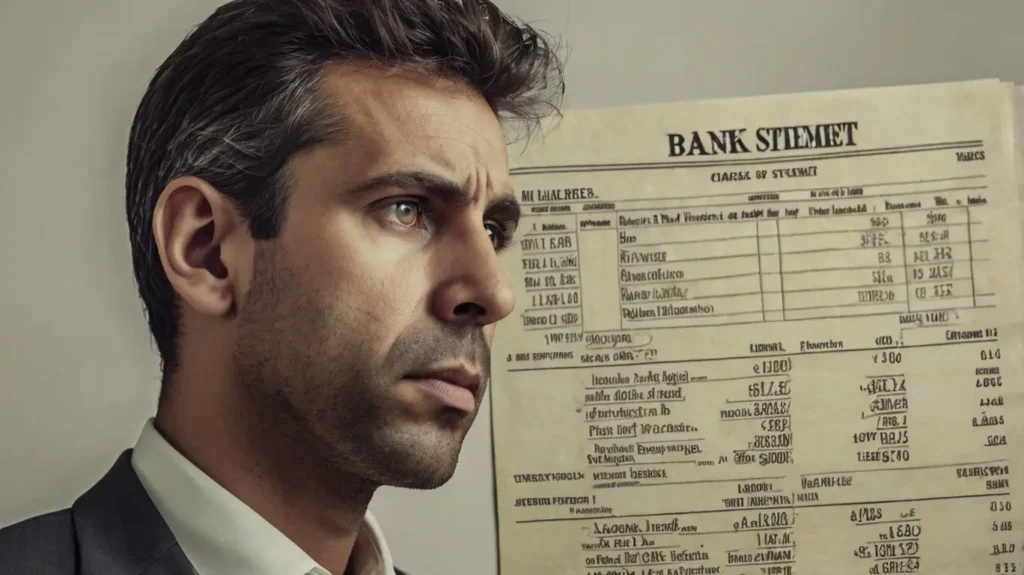
To avoid SEI charges on your bank statement, take the following steps
Use cash instead of a debit or credit card :If you frequently shop at Seven Eleven, try paying with cash rather than using a debit or credit card. This approach will help keep these charges from showing up on your bank statement.
Find alternative bill payment optionsIf you pay bills at Seven Eleven, consider switching to alternative payment options that don’t involve using their stores. Many utility providers and other billers offer online payment options that won’t result in additional charges on your bank statement.
Withdraw cash from a different ATMIf you frequently withdraw cash from Seven Eleven ATMs, consider using alternative ATMs. Many banks and financial institutions provide free ATM services, and using these options instead of Seven Eleven ATMs can help avoid these charges on your bank statement.
Now You Know What the SEI Charge Is
If you notice an unfamiliar SEI charge on your statement, don’t ignore it. Take time to review the details, including the transaction date, amount, and description.
If you suspect the these charges is incorrect or unauthorized, promptly reach out to your bank. You can address this by phone, through your online banking portal, or by visiting a nearby branch.
Remember that reporting a charge may require time and follow-up, but taking action is essential to safeguard your finances.
